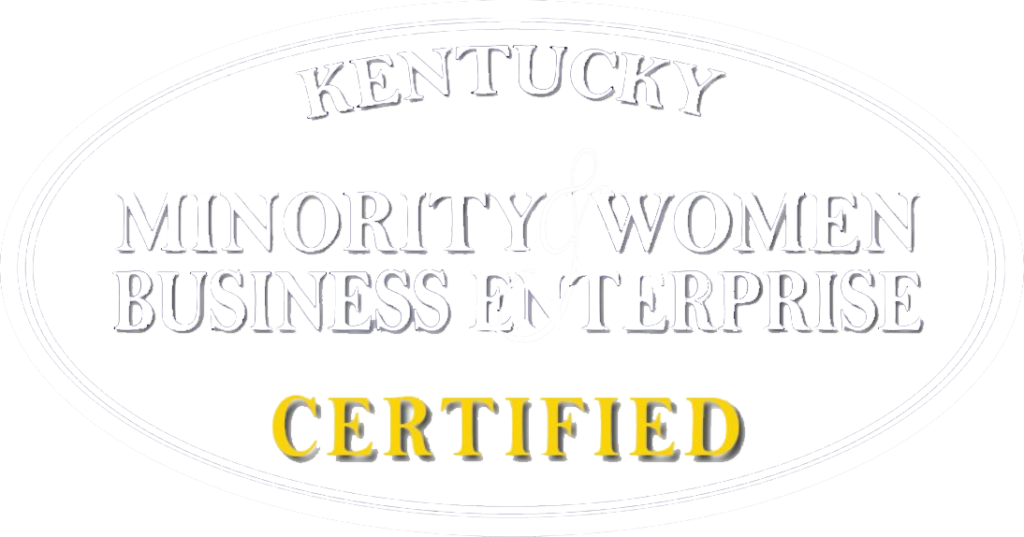By Paladin, Inc
In the course of a building project, every cost is (and should be) carefully weighed, from the overall project budget to the to the price of individual light switches. Cost is a key driver and forms an easily-read dividing line between MUST HAVE and NICE TO HAVE elements. Unfortunately, building owners who evaluate LEED purely in terms of upfront cost are missing out on the long-term benefits to their brand and their role as stewards.
THE REAL COST OF LEED
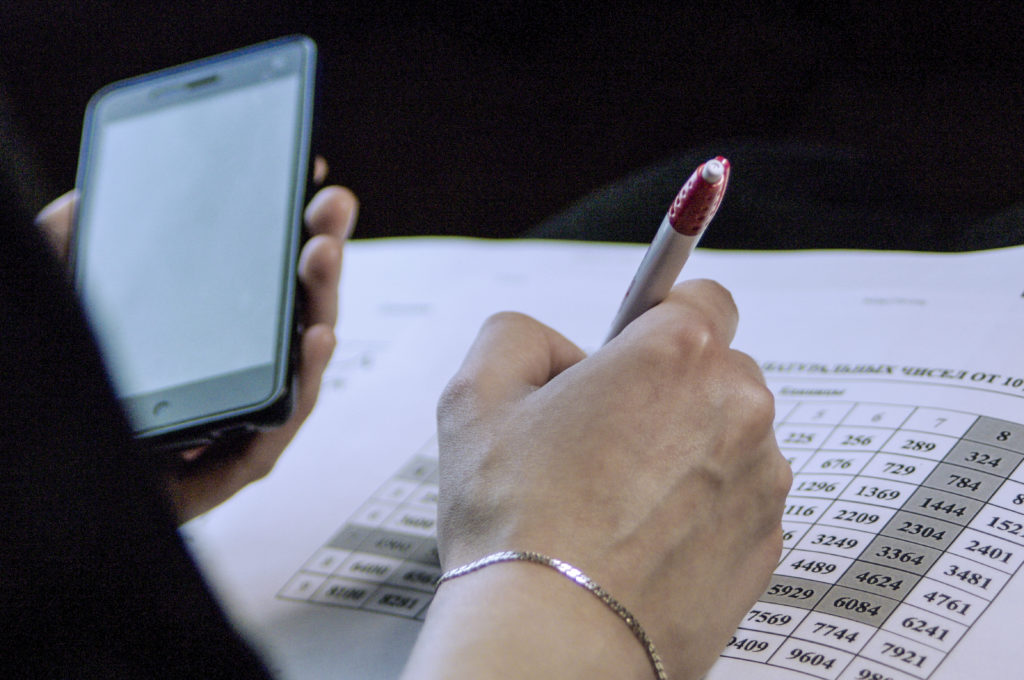
THE REAL COST OF LEED
When creating project budgets, it’s not unusual for them to go with the oft-cited belief that LEED efforts will typically take up 2-3% of the overall construction budget. After consulting on successful LEED certifications, I can tell you that’s not necessarily true in terms of a budgetary figure and doesn’t reflect the long-term benefits of a green building certification.
We have seen many projects where much of the overall cost is tied up in site or specialty program or just on sheer scale (like in a large factory), causing the budget percentage devoted to LEED to skew much lower. On another, I’ve seen a careful scorecard assessment of a project’s existing strengths reveal the fact that a relatively small capital cost investment (around $5,000) was all they needed to “enter the promised land” of certification. Each projects’ path to LEED has different budget impacts because the starting points are so diverse.
THE PATH OF LEAST RESISTANCE

THE PATH OF LEAST RESISTANCE
You may have seen coverage of the LEED Platinum secured by our client, EcoFibre, who proved that using readily available materials and choosing certain techniques of construction can make all the difference. It’s honestly a matter of paying careful attention to simple choices like which products you buy and from whom you buy them. For example, most facilities utilize acoustical ceilings, but choosing materials that meet the environmental product disclosure criteria can gain points without adding cost.
Furthermore, tools like Lifecycle Assessments and Triple Bottom Line Analysis demystify the positive environmental and financial impacts of sustainable strategies much the way an energy model helps project utility costs. There are known opportunity costs of components such as carbon and employee discomfort which are borne by the building and occupants. The strategies deployed in LEED today are much more than energy savings (which are still very important), but are seeking to improve all areas of the building pro formas.
THE STEWARDSHIP QUESTION
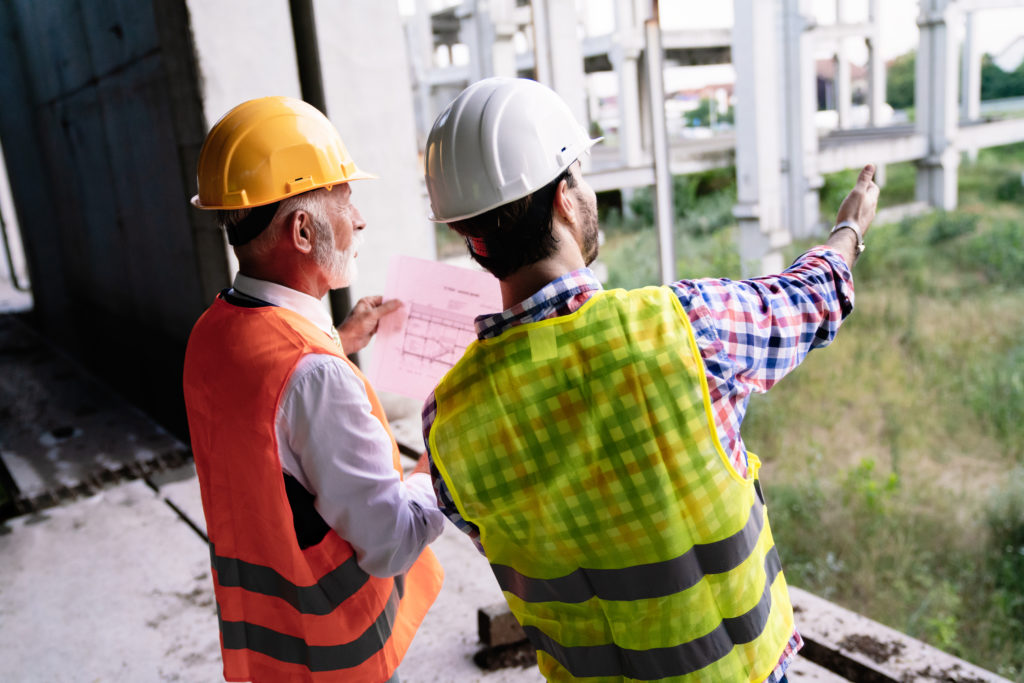
THE STEWARDSHIP QUESTION
When weighing the costs of LEED-friendly choices, there is also an element of stewardship to be considered, couched in the question, “what long-term good can we do for our community and our planet with this choice?” For example, employing practices like construction waste diversion will reduce the flow of matter into landfills in favor of reuse and recycling. That not only wins LEED points, it also has a long-term impact on the world.
For those building owners and project managers who say they don’t need a certification to prove they’re doing things the right way, I’d challenge you to take a risk and ask yourself, “do I say that because I believe close-enough is good enough or because we might fall short in the face of LEED’s tough accountability?” You’re right, you don’t have to be LEED to be sustainable. However, anyone who has gone through the LEED review process knows that there are misses in credit interpretation or calculation which nullify what we thought was a slam dunk. Without the peer reviews, who is verifying the outcomes?
THE RIPPLE EFFECT

THE RIPPLE EFFECT
Make no mistake – completing a successful certification is no cakewalk, but the benefits are long lasting. Time and again, our clients have accelerated toward success when their perspective on the checklist changed from just “checking the box” to a measure of professional mindfulness. That kind of leadership says “we’re taking measures to reduce our carbon footprint in the buildings we construct” or “we care about the materials we purchase and how they are manufactured.”
Despite the frustrations that can arise from its seeming rigidity, at the end of the day, LEED is a form of accountability that can help shape a culture of stewardship within your organization, enhance your reputation as a sustainable place of business, and set you a part as a mindful member of the overall community. This is no longer separated from the financial benefits and balance sheet accountability. When you can say “we’re dialing in on all channels AND holding ourselves accountable” you’ll be on your way a holistic picture of how your building inventory contributes to your overall financial health.



